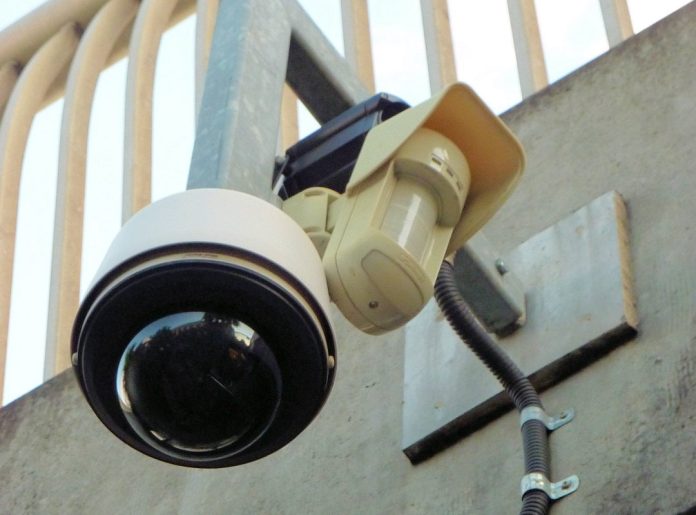Would you ever use IP66 or IP67-rated intrusion sensors in commercial or industrial applications? Are these sensors worth the higher price?
A: Without question we would use them and we’d argue they are worth the price given that when carefull installed and maintained, they offer reliable performance over a long period of time for very low cost.Typically, such sensors are safetly off-network, so they offer inherently high levels of protection against external cyber attacks.
External passive infrared and dual technology alarm sensors offer IP65, IP66 and IP67 ratings – these ratings really define the ability to muscle up in external applications. While some sensors are best off installed under rooflines, others can handle full external installation and will shrug off rain, sunlight and inanimate moving objects in their scenes without a care in the world.
IP ratings work like this. The first digit ‘6’ means the units are completely protected from dust – all the units we talk about here are rated against dust. The second digit relates to water. If the number is 4 the unit is splash proof. You can hose a number 5 unit, hose it hard if it’s number 6 or dunk the sensor under a metre of water if it’s 7. That means IP65 needs to stay under the eaves, while IP66 rated units can be installed pretty much where you like. IP67 is tougher still – it’s usually submersible for at least 30 minutes.
You wouldn’t want to rely just on dust and waterproofing to guide your steps. Another important standard to consider is EN500131 (sub sections 1 to 6) for electronic security devices. The guidelines – the only ones of their kind in the world – document the standards devices must meet in order to achieve security ratings from low (Grade 1) through to high (Grade 4). The stipulation is that the claims of manufacturers must be verified by independent test labs.
Something else to consider with external sensors no matter what their IP ratings, is to try and keep sun off the lenses. Even if plastic is UV stabilised, over time it will harm plastics at the molecular level and they will become brittle. As they wear, you may also find sensitivity shifts.
#sen.news









